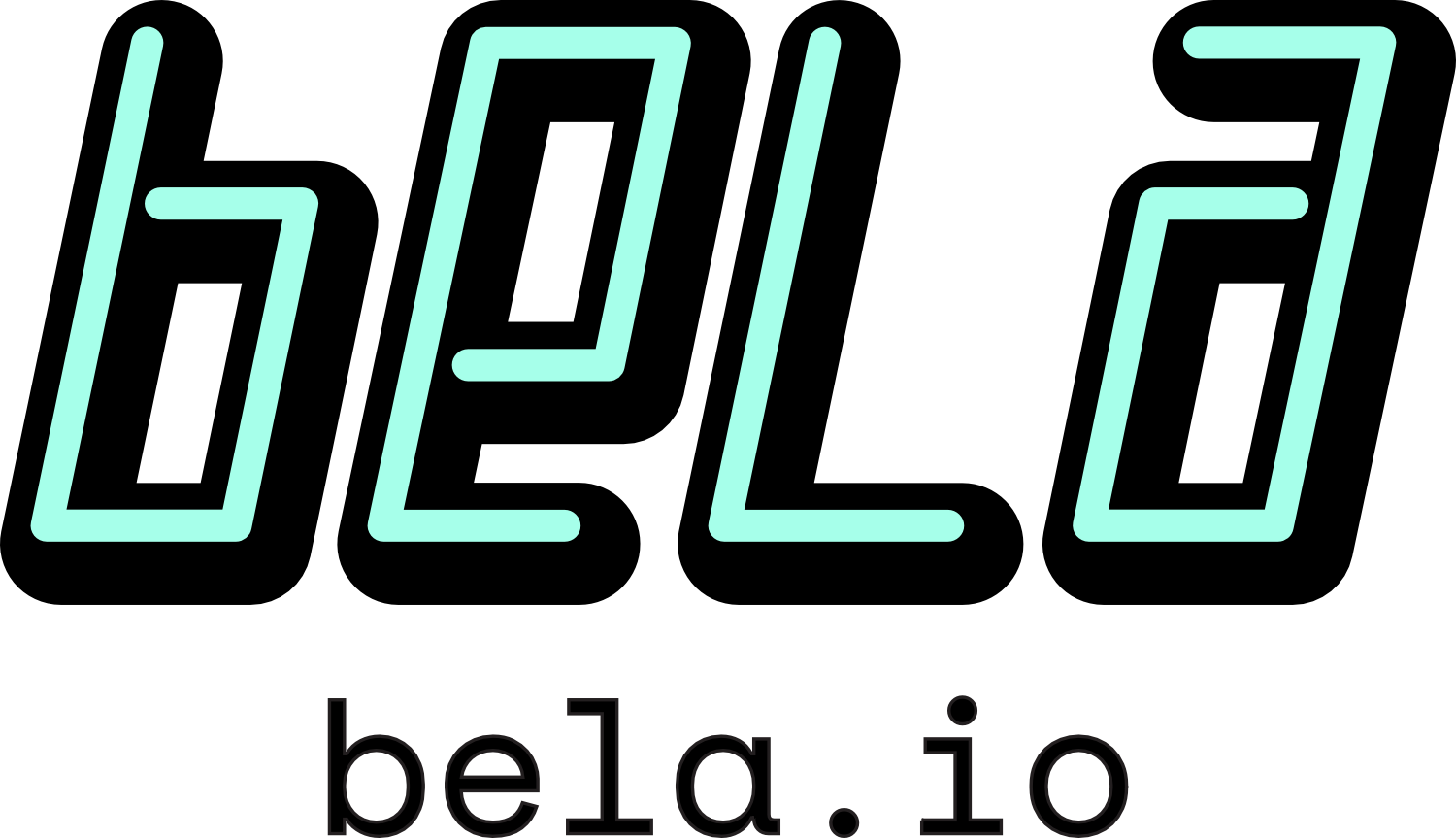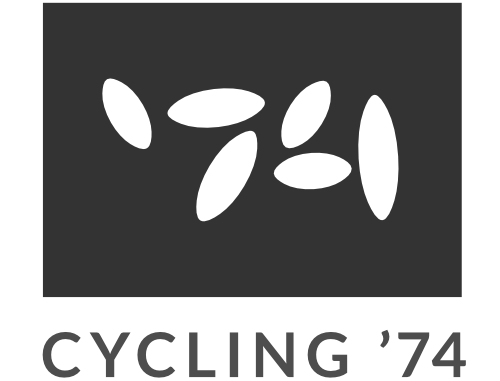Keynotes
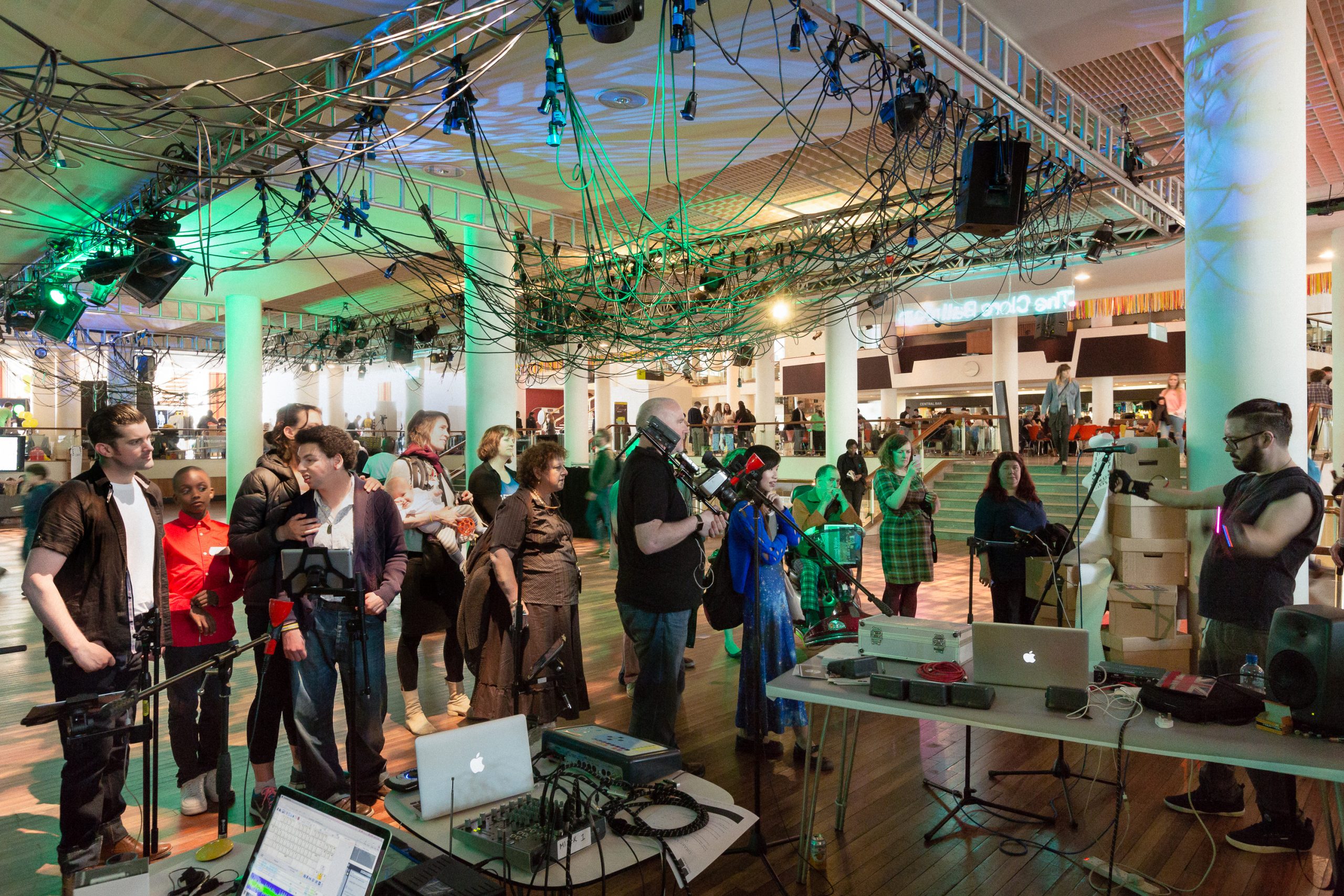
Drake Music Labs
Drake Music is a charity that works at the intersection of Music, Disability and Technology, finding new and innovative ways to open up access to music for all. This keynote will be the public launch of an exciting new project coming out of their R&D program: AMIC, the world’s first Accessible Musical Instrument Collection.
There are some intriguing and urgent problems to solve in making instruments truly accessible. The DM team will share the way they work to develop instruments and pose some fundamental questions about high quality accessible instrument and interface design to this forum of great minds. By building accessibility in to our existing projects and coming up with even more exciting, adaptable and innovative instruments and interfaces we can all be part of the fight for equality in music.
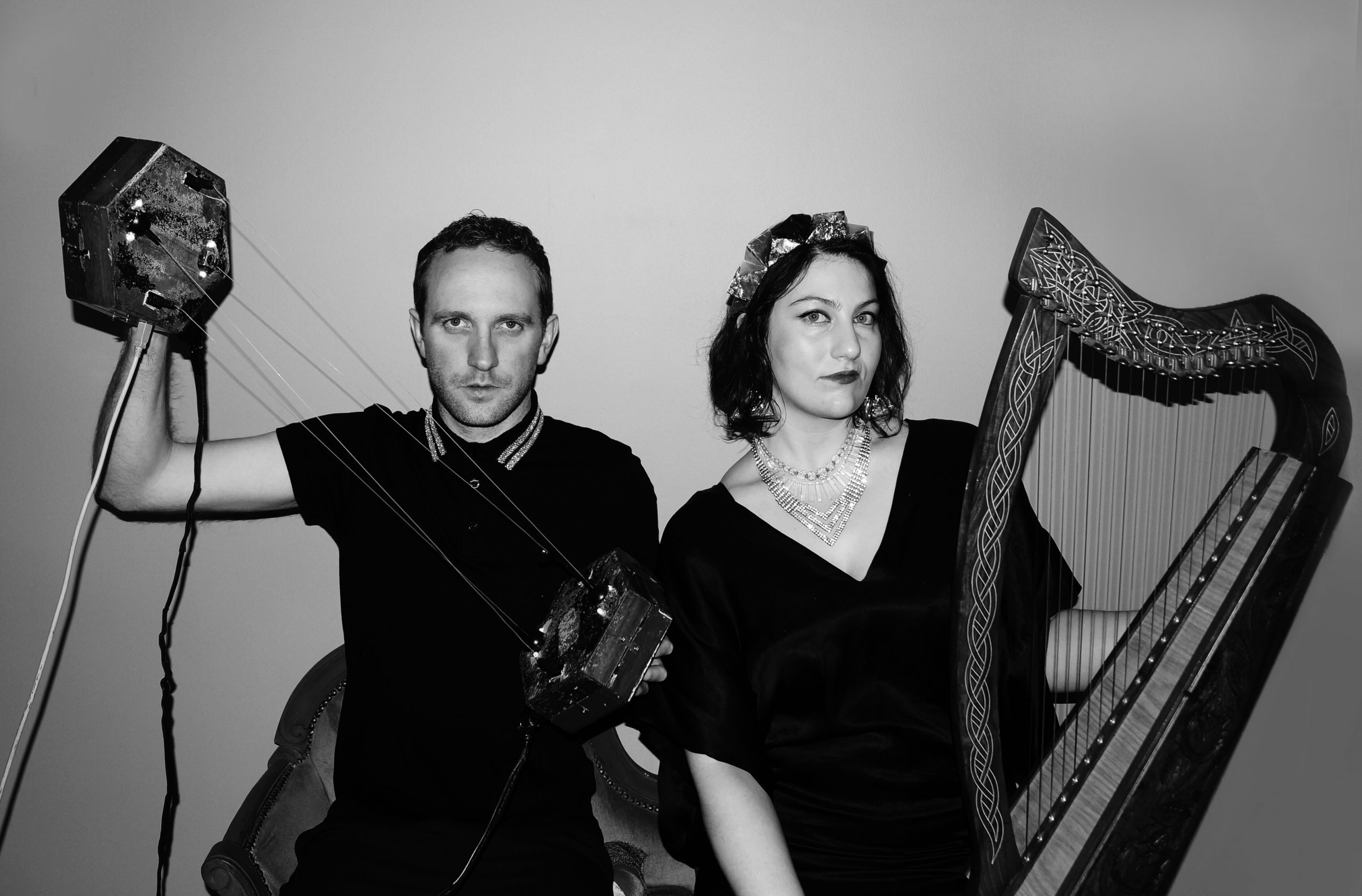
Crewdson & Cevanne
For NIME 2020, Crewdson & Cevanne are creating a modern ‘work song’ made from sounds – drones in particular – ‘found’ in our domestic lives and performed on a new instrument, currently coined the Light Dome. The instrument functions as a gestural midi controller and is designed with accessibility in mind to be almost immediately intuitive and logical so that it can be played by someone with little to no understanding of music theory or music technology. For the new piece, written especially for NIME 2020, ritual gestures from our daily lives will become the means of playing the Light Dome. The meditative piece will be filmed and presented for NIME, accompanied by a live instrument demo and Q&A.
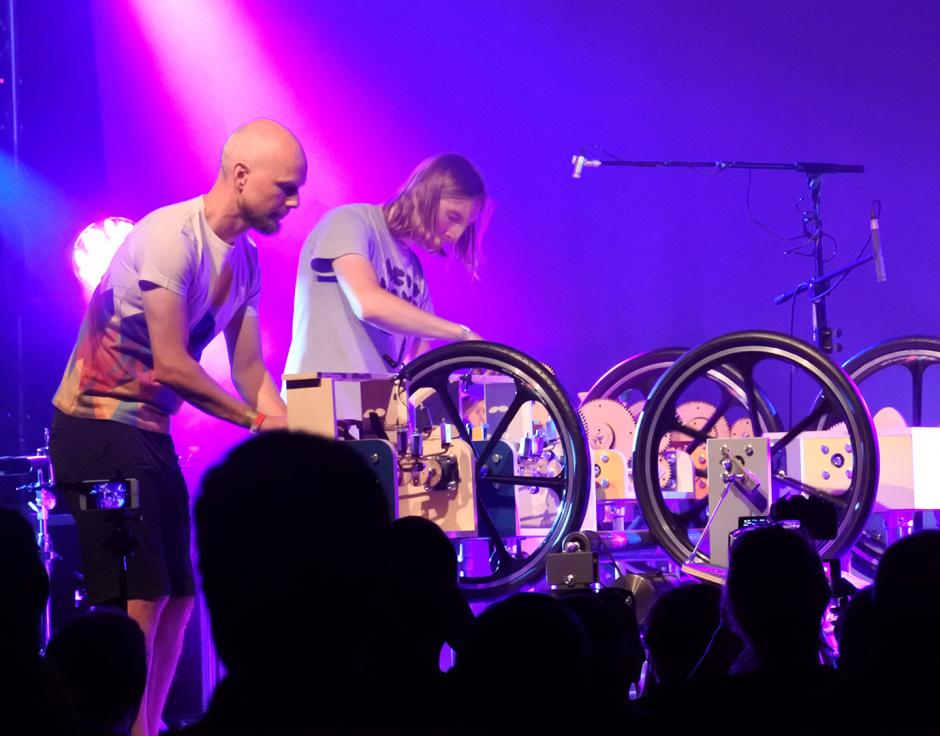
Dunning & Underwood – Mammoth Beat Organ
The Mammoth Beat Organ is a large scale modular, mechanical musical contraption; designed, constructed and played by Sam Underwood and Graham Dunning. In the run up to each performance the pair reconvene to develop new elements of the machine that are then premiered live on stage. Due to recent restrictions Sam and Graham have opted to complete this process remotely for NIME. Each has developed a new module in abstract before bringing them together with the other’s module and the wider machine, through a series of remote recordings. See what the outcomes are when a collaboration that normally thrives on face-to-face discussion, prototyping and revision is reduced to the sonic equivalent of an exquisite corpse.
www.mammothbeatorgan.co.uk
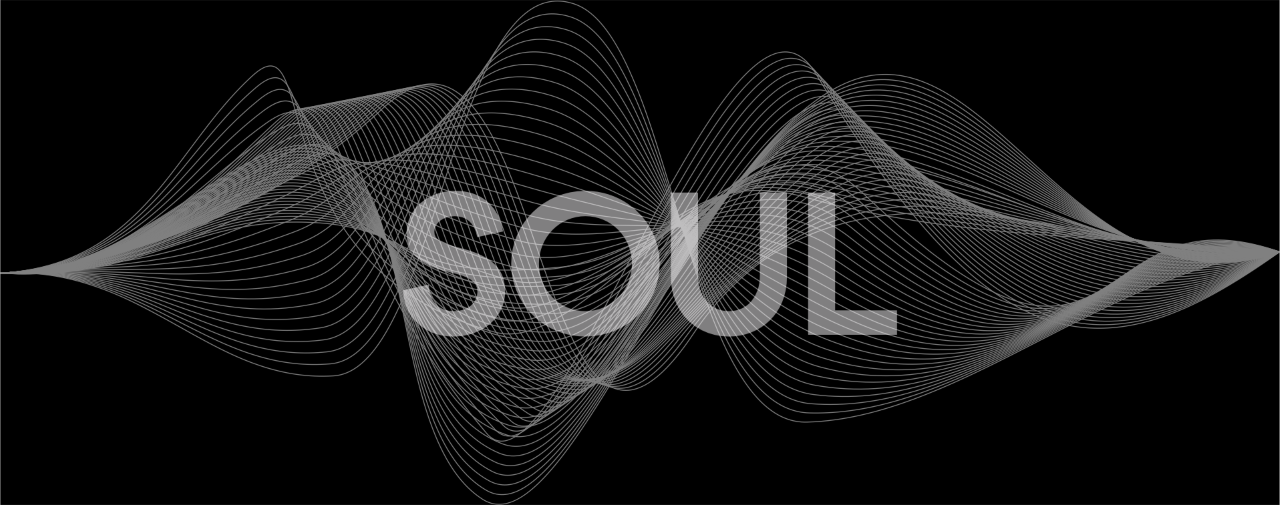
Julian Storer – Soul Workshop
n this workshop you’ll be walking through the process of writing a simple synthesiser using the SOUL platform. This will cover the basics of how SOUL works and the tools available for using it, an introduction to its syntax, and a step-by-step tutorial of the building blocks involved in creating a simple synth with some audio effects.
https://juce.com/adc/programme/julian_storer
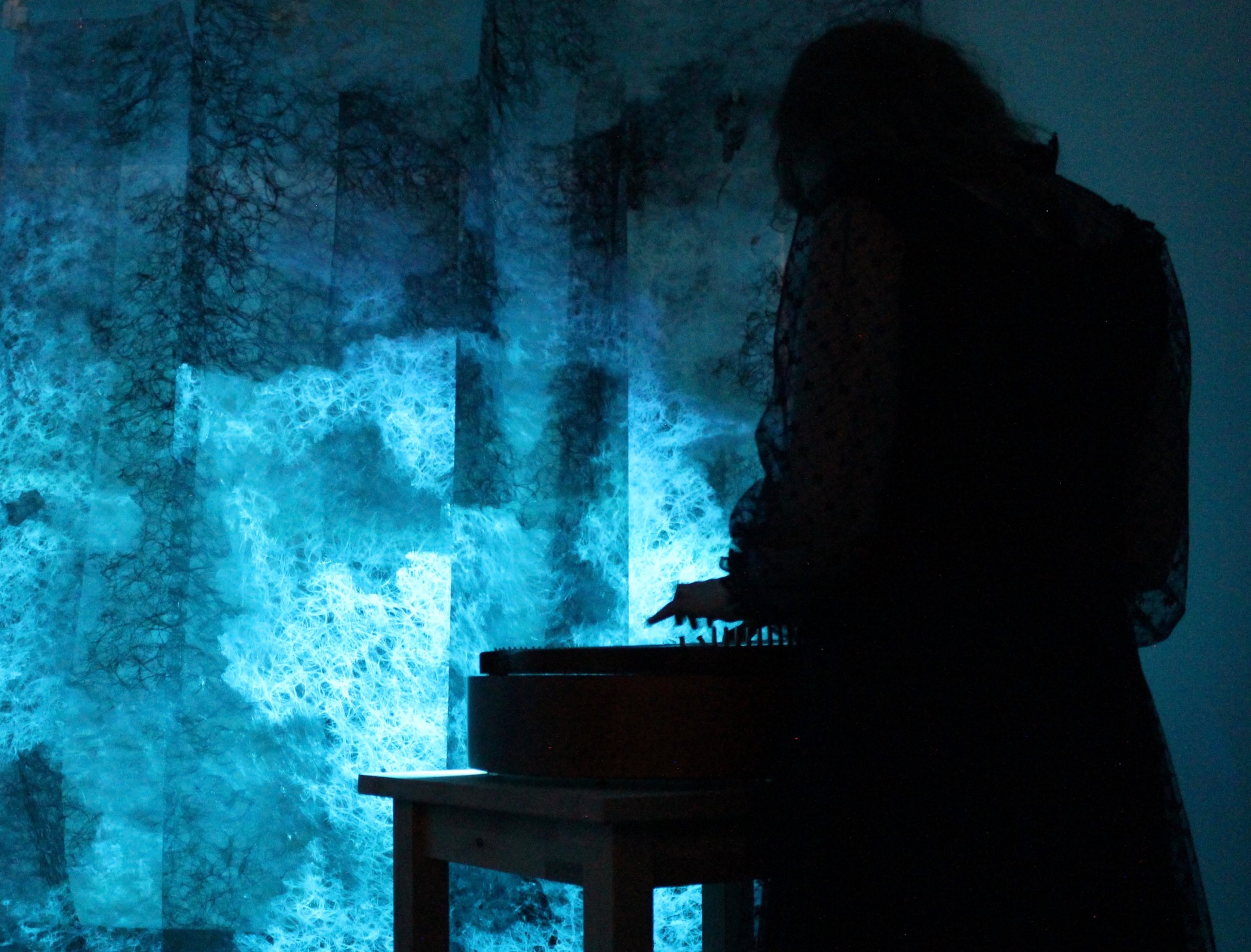
Lilja Maria Asmundsdottir – Hudla
The sound and light sculpture Hulda
Hulda is an audio-visual instrument created by Lilja María Ásmundsdóttir. During performances Hulda’s surroundings are filled with sounds, patterns, shadows and colours that constantly change. Inside the sculpture are built in lights connected to a computer that analyses the sounds and transforms them into light. The sculpture is a string instrument and it can be adapted to different tunings. The visual representation of the lights can also be adapted to different projects, new colour palettes, different patterns and visuals can be designed to fit different concepts.
The name Hulda means something that’s hidden or ‘the hidden one’ and reflects the design of the instrument. At first sight, the interdisciplinary nature of the sculpture is hidden but as you get to know the sculpture through performances it reveals its versatile sonic and visual potentials. Performances take place in the dark and the performer becomes hidden in the dreamlike world of the visuals that the sculpture projects into the space.
The video presented here shows different perspectives from an installation for the audio-visual sculpture Hulda. The performer stays hidden in the dark while the lights and sounds of Hulda create a dreamlike world. The sounds of Hulda merge together with electronics made from gamelan instruments, the insides of a grand piano, environmental sounds and voices.
About the artist
Lilja María Ásmundsdóttir is an artist, composer and pianist from Iceland. In her works she likes to explore the connections between different art forms, mainly visual arts and music. Lilja María’s works have for example been performed at the Dark Music Days Festival in Rekyjavík, Iklectik in London, the underground chamber of The Brunel Museum in London and Spectrum in Brooklyn. She is currently undertaking doctoral studies at City, University of London. Her supervisor is Claudia Molitor.
Lilja María is also a part of the art ensemble Hlökk along with Ingibjörg Ýr Skarphéðinsdóttir and Ragnheiður Erla Björnsdóttir. Their debut album, Hulduhljóð, received the Kraumur awards in 2019. The album was also nominated for the Icelandic Music Awards as album of the year in open category.
In 2016, Lilja María received a grant from the Icelandic Student Innovation Fund to develop the sound and light sculpture Hulda, which is her own design. The project was one of five projects nominated for the Icelandic President’s Innovation Award.
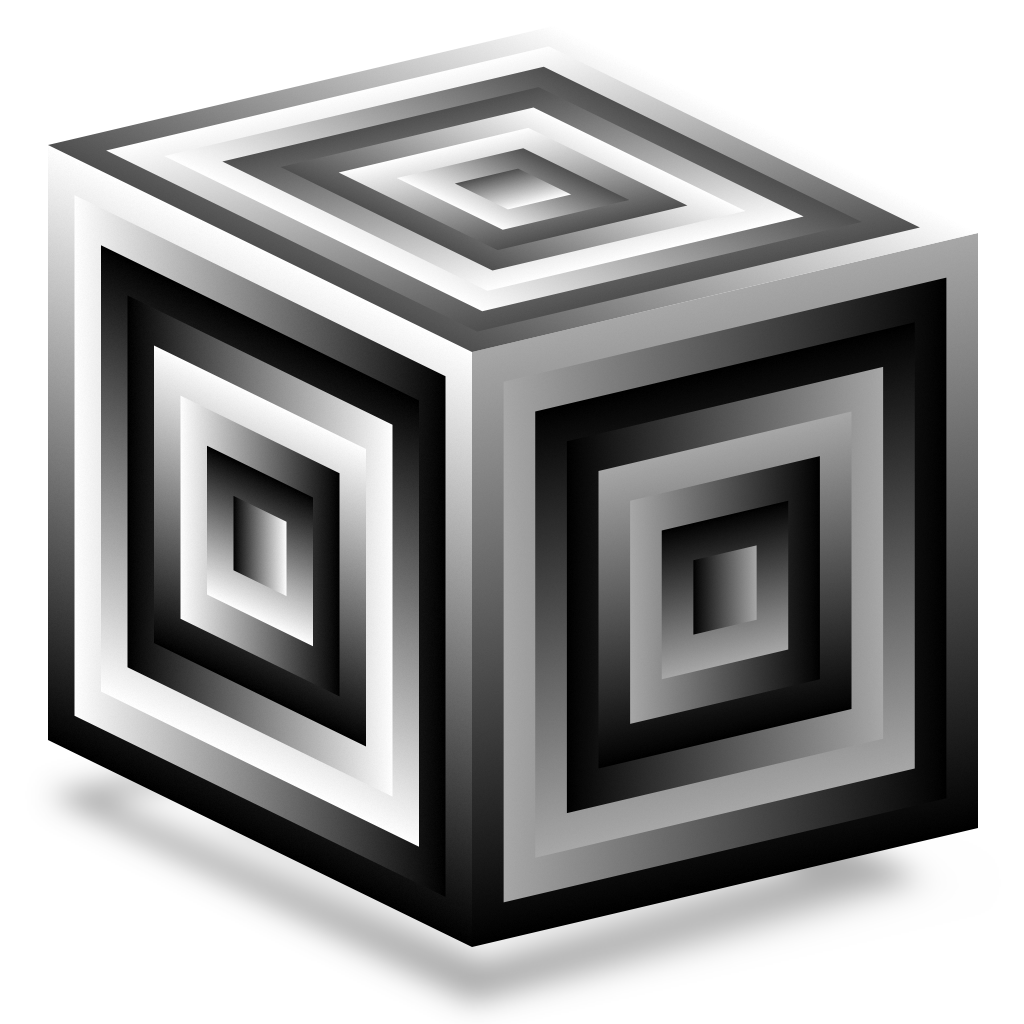
Scott Wilson & Konstantinos Vasilakos – Supercollider Workshop
For the workshop we will use the SuperCollider (open source) programming language, a sound synthesis environment that is used for the development of music software and interactive applications. It provides a state of the art sound synthesis server and an Integrated Development Environment (IDE) making it a powerful tool for real time audio applications used by musical performers, researchers, and sound artists. Our aim is to tailor this session to the interests and level of the participants, but beyond a brief basic introduction/refresh we expect to explore some NIME-relevant topics, including controller integration (including the Modality library), interface design, and live coding (realtime programming as control interface).




